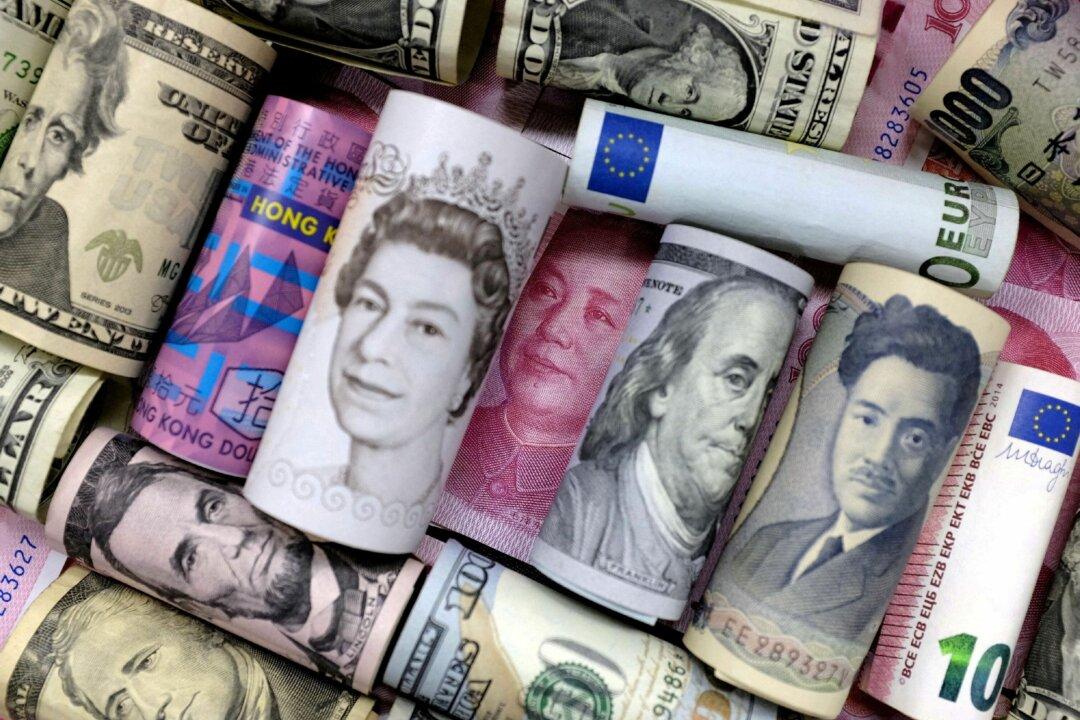Commentary
Currency status has been a hot topic for some time. When the euro emerged in 1999, many thought it would take over or at least split the share of U.S. dollar. It did not. From a longer historical time series showing official foreign exchange (FX) holdings (reserves) by currency compiled by the International Monetary Fund (IMF), the U.S. dollar remained at around 65 percent before (1998), and after (2003 to 2007) the emergence of the euro, it remained at a similar level even in up to a few years ago (2014 to 2016), right after the outburst of European sovereign debt crisis led by Greece.





